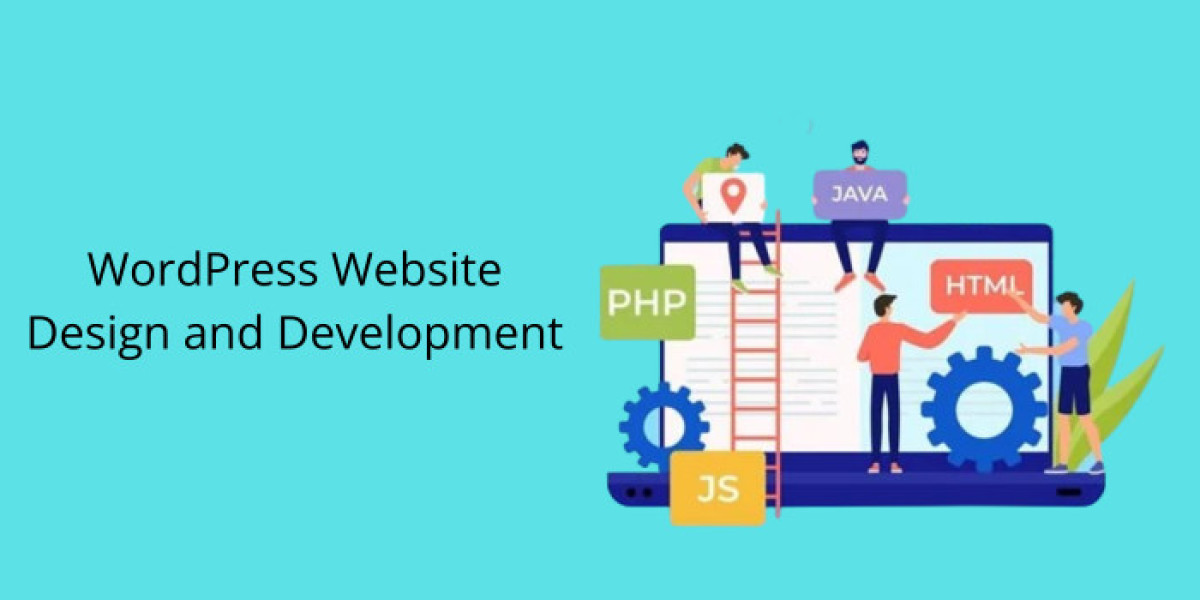In the digital age, a strong online presence is crucial for businesses and individuals alike. WordPress has emerged as a powerful platform for building and managing websites, thanks to its user-friendly interface, versatility, and robust features. This article delves into the essential aspects of WordPress website design and development, providing insights into why it's a preferred choice and how to leverage its capabilities effectively.
Why Choose WordPress?
1. User-Friendly Interface
WordPress is renowned for its intuitive interface, making it accessible to users with varying levels of technical expertise. The platform’s dashboard is easy to navigate, allowing users to manage content, install plugins, and customize their sites without needing extensive coding knowledge.
2. Versatility and Scalability
WordPress can be used to create a wide range of websites, from simple blogs and portfolios to complex e-commerce sites and corporate websites. Its scalability means that it can grow with your business, accommodating increasing traffic and expanding functionalities.
3. Extensive Theme and Plugin Ecosystem
One of WordPress's most compelling features is its extensive library of themes and plugins. Themes provide a foundation for the site's design, while plugins add specific functionalities. With thousands of options available, users can easily tailor their websites to meet their unique needs.
4. SEO-Friendly
WordPress is built with search engine optimization (SEO) in mind. It offers clean code, responsive design, and various SEO plugins that help improve site visibility on search engines. This makes it easier to attract and retain visitors.
Key Elements of WordPress Website Design
1. Choosing the Right Theme
Selecting the right theme is crucial as it sets the visual tone for your website. Consider the following when choosing a theme:
- Responsiveness: Ensure the theme is mobile-friendly.
- Customization: Look for themes that offer customization options without requiring extensive coding.
- Speed: Opt for themes that are optimized for speed, as slow loading times can negatively impact user experience and SEO.
2. Customizing the Design
Customization allows you to create a unique look and feel for your site. This can be done through:
- Theme Customizer: WordPress’s built-in tool for adjusting the appearance of your theme.
- Page Builders: Plugins like Elementor or Beaver Builder offer drag-and-drop interfaces for more detailed design control.
- Custom CSS: For advanced users, adding custom CSS can fine-tune the site’s appearance.
3. Designing for User Experience (UX)
A well-designed website should prioritize user experience. Key considerations include:
- Navigation: Ensure that your site is easy to navigate with a clear, logical structure.
- Readability: Use legible fonts and appropriate color contrasts.
- Loading Speed: Optimize images and use caching plugins to improve loading times.
Key Elements of WordPress Website Development
1. Setting Up Hosting and Domain
Choosing a reliable hosting provider and securing a domain name are foundational steps. Consider hosting services that offer good uptime, speed, and customer support. Popular options include Bluehost, SiteGround, and WP Engine.
2. Installing WordPress
Most hosting providers offer one-click WordPress installation. Once installed, you’ll have access to the WordPress dashboard where you can start building your site.
3. Essential Plugins
Plugins are vital for adding functionality to your website. Essential plugins include:
- SEO Plugins: Yoast SEO or All in One SEO Pack.
- Security Plugins: Wordfence Security or Sucuri.
- Performance Plugins: WP Rocket or W3 Total Cache.
- Backup Plugins: UpdraftPlus or BackWPup.
- Form Plugins: Contact Form 7 or WPForms.
4. Security Measures
Security is paramount for any website. Implement the following measures to protect your site:
- Regular Updates: Keep WordPress core, themes, and plugins up to date.
- Strong Passwords: Use strong, unique passwords for all user accounts.
- SSL Certificate: Ensure your site uses HTTPS for secure data transmission.
- Firewall and Malware Scanning: Use security plugins to set up firewalls and scan for malware.
5. Optimizing for Performance
Performance optimization ensures your site runs smoothly and efficiently. Key steps include:
- Image Optimization: Compress images to reduce load times.
- Caching: Use caching plugins to store static versions of your pages.
- Content Delivery Network (CDN): Utilize a CDN to deliver content quickly to users worldwide.
Conclusion
WordPress website design and development is a multifaceted process that combines creativity, technical skills, and strategic thinking. By choosing the right theme, customizing the design, and implementing essential development practices, you can create a powerful, engaging, and functional website that meets your needs. Whether you're a beginner or an experienced developer, WordPress offers the tools and flexibility to bring your vision to life.



